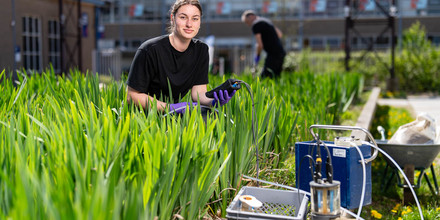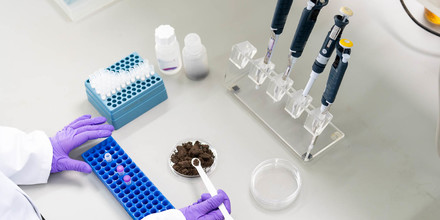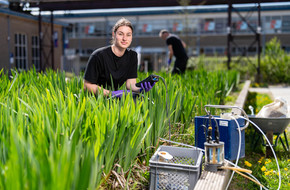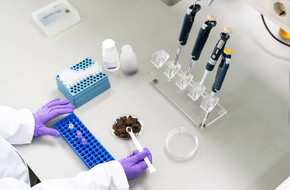Developing sustainable farming practices = preparing for the future
The new European Soil Health legislation highlights how essential healthy soils are for a sustainable future. The legislation aims to achieve the following by 2050:
- Protect and improve soil fertility.
- Reduce land degradation and erosion.
- Increase soil organic matter content.
- Identify and restore contaminated soils.
- Regenerate degraded soils.
- Jointly formulate a unified definition of healthy soils.
Bioclear earth provides policymakers with a powerful tool to address these challenges based on scientific evidence, thanks to microbiome identification and interpretation with Next Generation Sequencing (NGS) technology.
Using this method, we map the microbiological ‘fingerprint’ of soils in detail. For example, recent research on livestock farms has shown that farming practices have a significant impact on the soil microbiome.

















